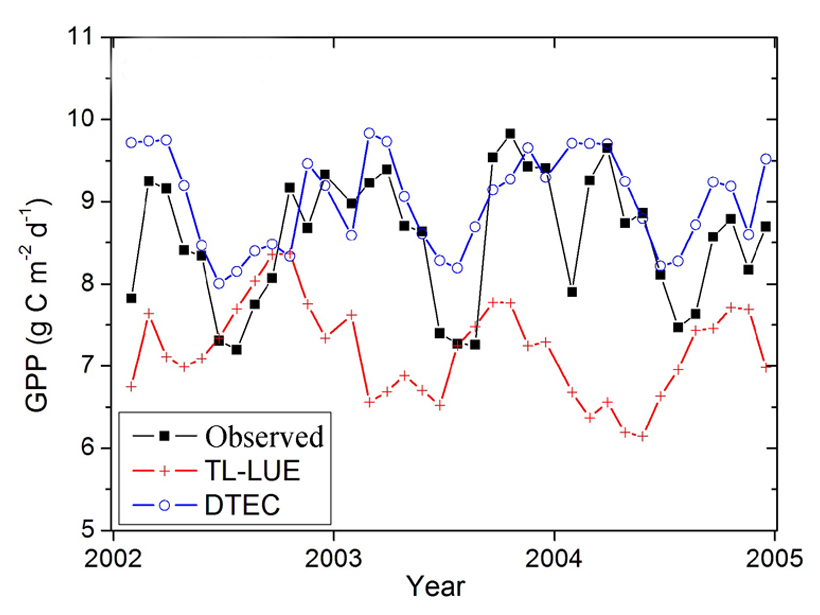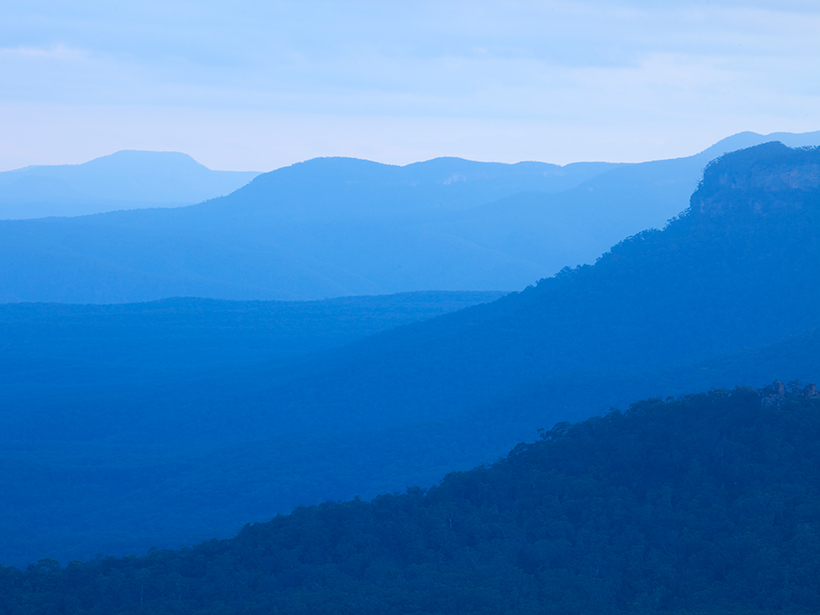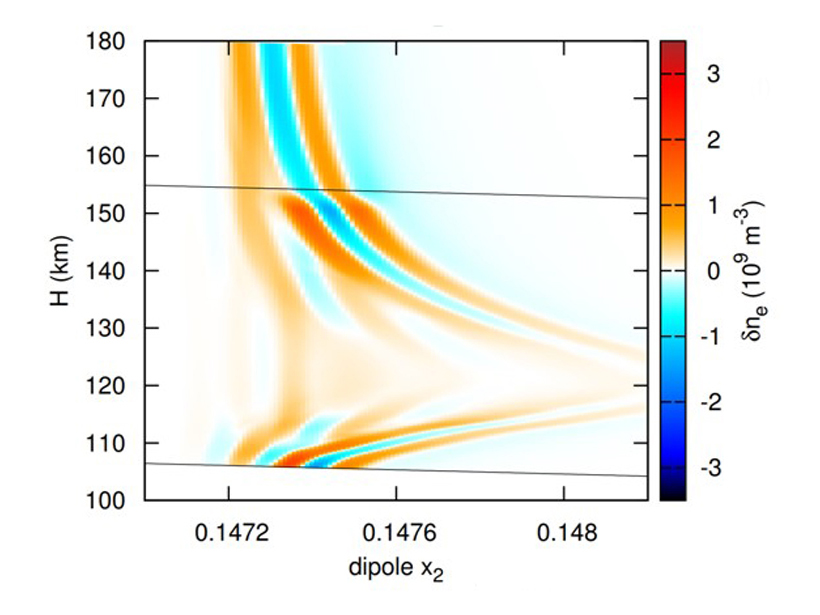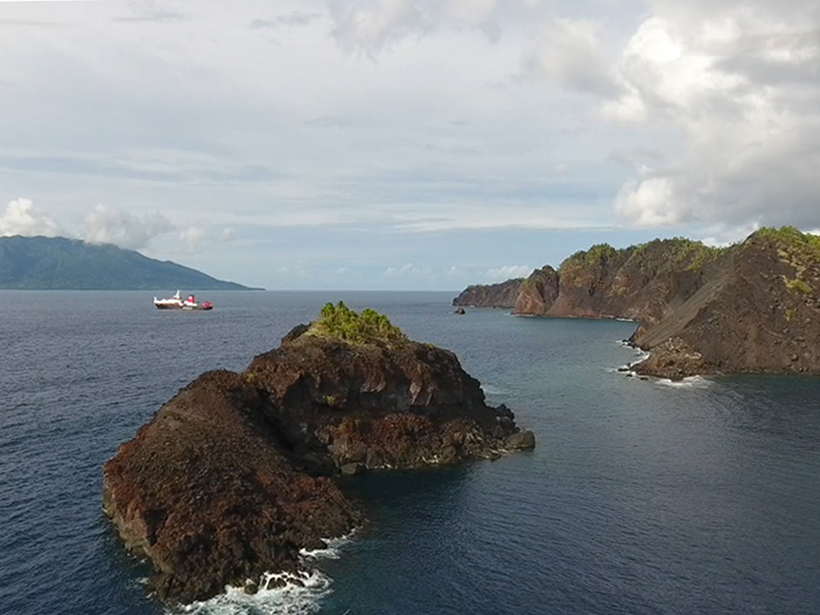A new model better explains seasonal variations in biomass.
Modeling
Atmospheric Particles Aren’t the Same Cloud Seeds They Once Were
Still, more than half of the seeds required for cloud droplets to form in both the present-day and preindustrial atmospheres are made by trace gases that condense to form minute aerosol particles.
How Will Climate Change Affect the United States in Decades to Come?
A new U.S. government report shows that climate is changing and that human activities will lead to many more changes. These changes will affect sea levels, drought frequency, severe precipitation, and more.
New Insight into Ionospheric Feedback Instability
A new modeling effort could change our understanding of auroral arc formation.
Scientists Simulate New Mechanism of Fluid Flow in Earth’s Crust
Three-dimensional high-performance computer modeling reveals the behavior of fluid transport waves generated by chemical reactions that take place during metamorphism.
Modeling Beijing’s Water Crisis
Beijing’s growing population is rapidly draining its water supplies. A new study examines how land use change affects groundwater storage beneath the megacity.
Volcanic Woes May Have Contributed to Ancient Egypt’s Fall
Ice cores and ancient river records suggest that volcanic eruptions may have reduced the flow of the Nile River. Failures of the Nile floods that usually irrigated Egypt’s farms could have fed social unrest.
Lenaerts Receives 2017 Cryosphere Early Career Award
Jan Lenaerts will receive the 2017 Cryosphere Early Career Award at the 2017 American Geophysical Fall Meeting, to be held 11–15 December in New Orleans, La. The award is for “a significant contribution to cryospheric science and technology.”
How Do Clouds React to Regional Warming?
Researchers illuminate how and why cloud feedbacks depend on spatial patterns of global warming.
An 1888 Volcanic Collapse Becomes a Benchmark for Tsunami Models
When volcanic mountains slide into the sea, they trigger tsunamis. How big are these waves, and how far away can they do damage? Ritter Island provides some answers.









